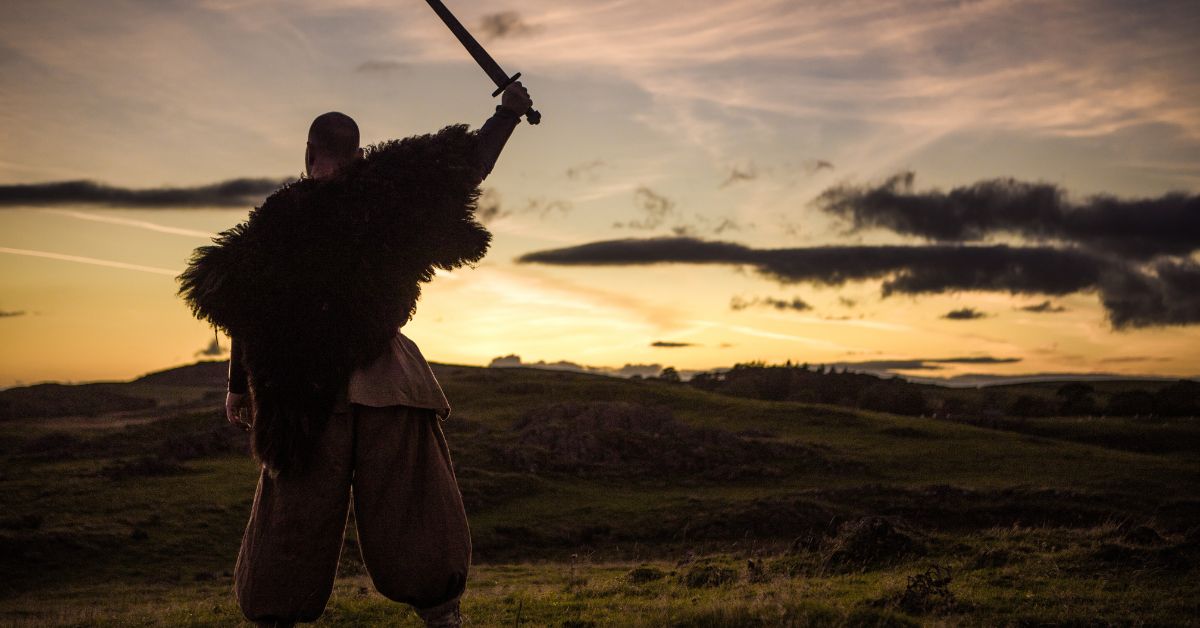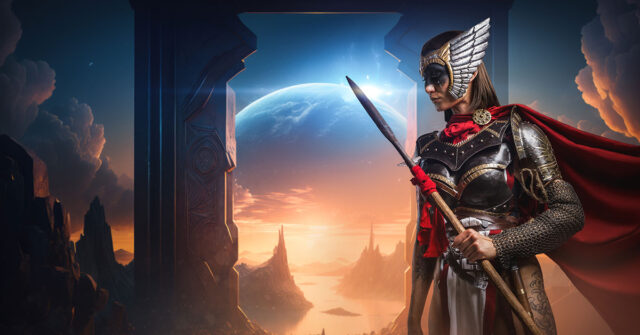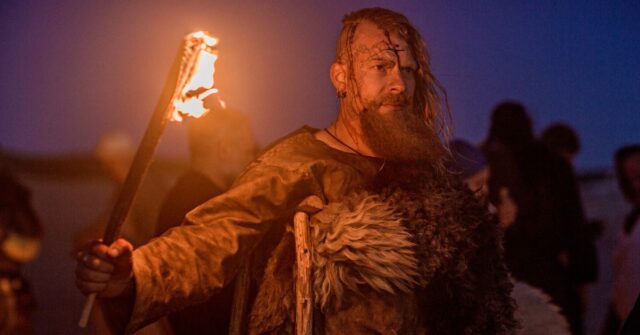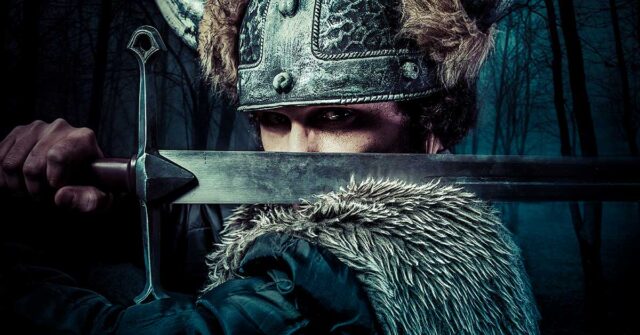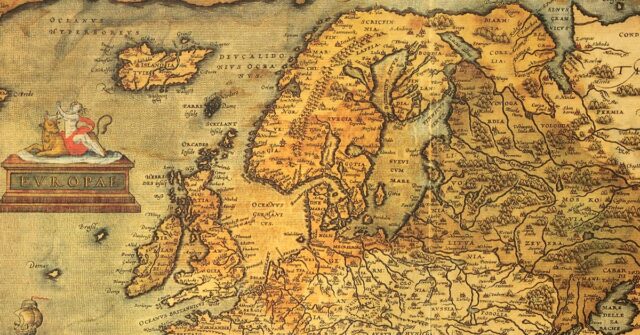The Viking sagas, a cornerstone of Norse literature, provide a window into the life, culture, and values of the Viking Age.
These narratives, often rich in heroism, adventure, and familial bonds, have captivated readers for centuries. This introduction aims to explore the origins, types, and significance of these sagas.
Introduction to Viking Sagas
The Viking sagas are epic tales rooted in the history and mythology of Scandinavia.
Originating in medieval Iceland, these stories were preserved through oral tradition before being written down in the 13th and 14th centuries.
They encompass a wide range of genres, from historical chronicles to legendary heroics.
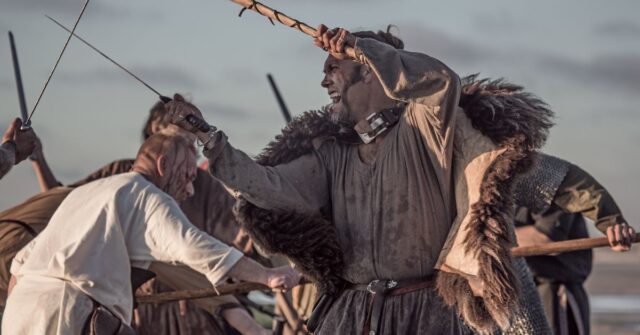

What Are Viking Sagas?
Viking sagas are prose narratives that tell the stories of historical events, legendary heroes, and mythical creatures from the Viking Age.
Written primarily in Old Norse, they blend fact and fiction to create compelling tales that have endured through the ages. The word “saga” itself means “what is said” or “a story,” reflecting their oral origins.
The Importance of Viking Sagas
The sagas are crucial for understanding the Viking worldview. They offer insights into the social structure, legal systems, and daily life of medieval Scandinavians.
Moreover, they preserve the history and legends of the Norse people, serving as both historical documents and literary masterpieces.
Historical Context of Viking Sagas
The Viking sagas emerged during a time when Iceland was transitioning from a purely oral culture to one that embraced written literature.
This period was marked by significant social and political changes, including the Christianization of Iceland and the establishment of the Icelandic Commonwealth.
The Origins in Medieval Iceland
The sagas were primarily composed in Iceland during the 13th and 14th centuries. This era saw the codification of oral traditions that had been passed down through generations.
Iceland’s isolated geography and unique political system allowed for the preservation of these narratives in a relatively pure form.
The Role of Oral Tradition
Before they were written down, sagas were shared orally by skalds, or poets, who recited them at gatherings and events.
This oral tradition ensured the survival of these stories, even as they evolved with each retelling. The transition to written form helped standardize the narratives, preserving them for future generations.


Types of Viking Sagas
Viking sagas can be categorized into several types, each with its own unique characteristics and themes. These include family sagas, kings’ sagas, heroic or legendary sagas, and contemporary sagas.
Family Sagas
Family sagas, or Íslendingasögur, focus on the lives of Icelandic families and their ancestors. These stories often span multiple generations, depicting both historical events and personal dramas.
They provide a detailed look at the social dynamics and legal disputes of medieval Iceland.
Examples of Family Sagas
Notable family sagas include Njáls saga, which tells the story of a blood feud between two families, and Laxdæla saga, which chronicles the lives of the Laxárdalur clan.
These sagas are praised for their complex characters and intricate plots.
Kings’ Sagas
Kings’ sagas, or konungasögur, recount the lives and deeds of Scandinavian kings.
These narratives often include both historical facts and legendary embellishments, providing a semi-mythical history of the Norse monarchs.
Examples of Kings’ Sagas
Heimskringla, written by Snorri Sturluson, is one of the most famous kings’ sagas. It covers the history of Norwegian kings from the mythical past to the 12th century.
Another example is the saga of Harald Hardrada, which details the exploits of the last great Viking king.
Heroic or Legendary Sagas
Heroic sagas, or fornaldarsögur, are centered around legendary heroes and mythical events. These stories are often set in a distant past and feature supernatural elements, such as dragons and magic.
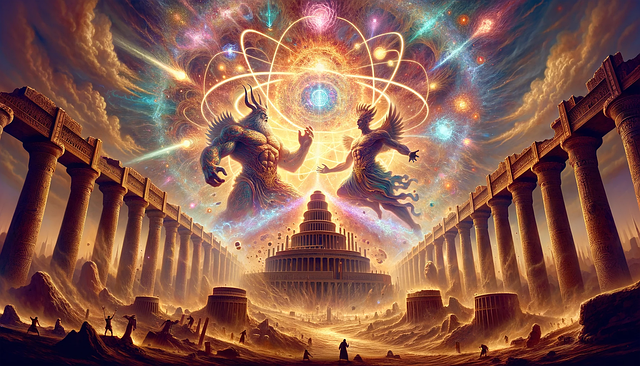

Examples of Heroic Sagas
The Völsunga saga is a prime example of a heroic saga, recounting the adventures of Sigurd the dragon-slayer, and the cursed ring of the Nibelungs.
Another notable example is the saga of the Ynglings, which blends history and legend to trace the lineage of the Swedish royal family.
Contemporary Sagas
Contemporary sagas, or samtíðarsögur, deal with events and characters from the 12th and 13th centuries.
These narratives often reflect the political and social issues of the time, providing a more immediate historical record.
Examples of Contemporary Sagas
The Saga of Hrafn Sveinbjarnarson and the Saga of Guðmundr Arason are examples of contemporary sagas.
These stories offer a glimpse into the lives of notable Icelanders and their interactions with the broader world.
Key Themes in Viking Sagas
Viking sagas explore a variety of themes, from heroism and adventure to family loyalty and supernatural encounters. These themes reflect the values and concerns of the Norse people.
Heroism and Valor
Heroism is a central theme in many sagas. Characters often face daunting challenges and engage in epic battles, displaying courage and strength.
This theme is particularly prominent in heroic sagas like the Völsunga saga.
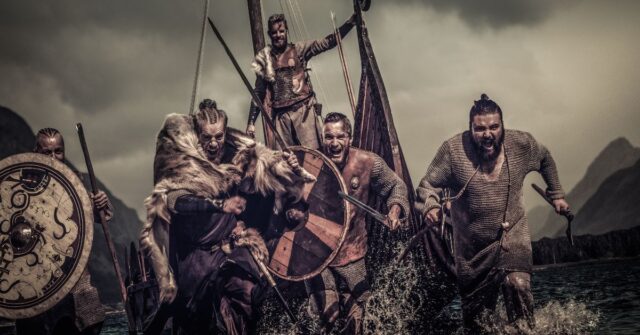

Exploration and Adventure
Many sagas feature journeys to distant lands and encounters with foreign cultures. These stories highlight the Vikings’ seafaring prowess and their curiosity about the world beyond Scandinavia.
Family Feuds and Loyalty
Family relationships and loyalty are recurring themes in the sagas. Many narratives revolve around blood feuds and the complexities of kinship.
These stories illustrate the importance of family ties in Viking society.
Mythical and Supernatural Elements
Supernatural elements, such as gods, giants, and magical artifacts, are common in the sagas. These elements add a layer of fantasy to the narratives, enriching the stories with mythological depth.
Literary Style and Structure
The literary style of Viking sagas is distinctive, characterized by a blend of prose and poetry, straightforward narrative techniques, and intricate structural elements.
Narrative Techniques
Sagas employ a direct and unadorned narrative style, often using simple and clear language. This style reflects their oral origins and makes the stories accessible and engaging.
Use of Prose and Poetry
While primarily written in prose, sagas often incorporate poetry. These poetic interludes, known as skaldic verses, are used to emphasize important events or emotions within the narrative.


Structural Elements
Sagas typically follow a linear structure, but they may include digressions and subplots. These elements add depth and complexity to the narratives, creating a rich tapestry of interconnected stories.
Character Development
Characters in sagas are often portrayed with psychological depth and realism. They are complex and multifaceted, reflecting the moral and social nuances of Viking society.
Notable Viking Sagas
Several Viking sagas stand out for their literary quality and historical significance. These works have become classics of medieval literature.
Njáls Saga
Njáls saga is one of the most famous Icelandic sagas. It tells the story of a long-standing feud between two families, exploring themes of honor, revenge, and justice.
The saga is known for its vivid character portrayals and dramatic plot.
Grettis Saga
Grettis saga follows the adventures of Grettir the Strong, an outlawed hero who faces supernatural foes and human adversaries.
The saga is notable for its exploration of Grettir’s complex personality and his struggle against fate.
Laxdæla Saga
Laxdæla saga chronicles the lives of the people of the Laxárdalur valley. It features a rich cast of characters and intricate relationships, providing a detailed portrait of Icelandic society.
The saga’s themes include love, betrayal, and vengeance.
Völsunga Saga
The Völsunga saga is a legendary saga that recounts the epic tale of the Völsung family. It includes the story of Sigurd the dragon-slayer and the cursed ring that inspired Wagner’s Ring Cycle.
The saga is filled with mythical elements and heroic feats.
Heimskringla
Heimskringla, written by Snorri Sturluson, is a collection of kings’ sagas that traces the history of Norwegian monarchs from legendary times to the 12th century.
It is a vital source of Norse history and literature.
The Influence of Viking Sagas on Modern Literature
Viking sagas have had a profound impact on modern literature, inspiring countless works and authors.
Their influence is evident in genres ranging from fantasy to historical fiction, as well as in the broader cultural imagination.


Impact on Western Literature
The narrative techniques and themes of Viking sagas have permeated Western literature.
Writers like J.R.R. Tolkien and George R.R. Martin have drawn heavily from saga literature, incorporating elements of heroism, adventure, and complex moral landscapes into their works.
The sagas’ influence can also be seen in the structure of epic fantasy series, where multiple generations of characters and intricate plots are common.
Modern Adaptations
Many modern adaptations of Viking sagas exist in various forms, including novels, films, and television series.
Works like “The Lord of the Rings,” “Game of Thrones,” and “Vikings” have brought saga elements to a global audience.
These adaptations often highlight the timeless appeal of the sagas’ themes and characters, showcasing their relevance in contemporary storytelling.
Influence on Popular Culture
Viking sagas have also left their mark on popular culture.
From video games like “Assassin’s Creed Valhalla” to comic books and graphic novels, the imagery and motifs of Norse mythology and sagas continue to captivate audiences.
This widespread influence underscores the enduring power of these ancient stories.
Preservation and Study of Viking Sagas
The preservation and study of Viking sagas have been crucial in keeping these narratives alive.
Scholars and enthusiasts alike continue to explore the depths of saga literature, uncovering new insights and ensuring their transmission to future generations.
Historical Manuscripts
The original manuscripts of Viking sagas are invaluable historical documents. Key collections, such as the Codex Regius and the Flateyjarbók, contain some of the most important sagas.
These manuscripts provide a direct link to the medieval period and are preserved in institutions like the Árni Magnússon Institute for Icelandic Studies.
Modern Research and Scholarship
Contemporary scholars engage in extensive research on Viking sagas, examining their historical context, literary style, and cultural significance.
This scholarship has expanded our understanding of the sagas and their place in both medieval and modern literature.
Journals, academic conferences, and books continue to shed light on various aspects of saga studies.
Importance of Sagas in Cultural Heritage
Viking sagas are a vital part of cultural heritage, particularly in Iceland. They are celebrated not only for their literary merit but also for their role in preserving the history and identity of the Norse people.
Festivals, museums, and educational programs dedicated to the sagas help maintain their relevance and accessibility.
Conclusion
The Viking sagas are more than just stories; they are a window into the heart of the Viking Age, offering timeless narratives that continue to resonate today.
By exploring these sagas, readers can gain a deeper appreciation of Norse culture and its lasting impact on literature and society.
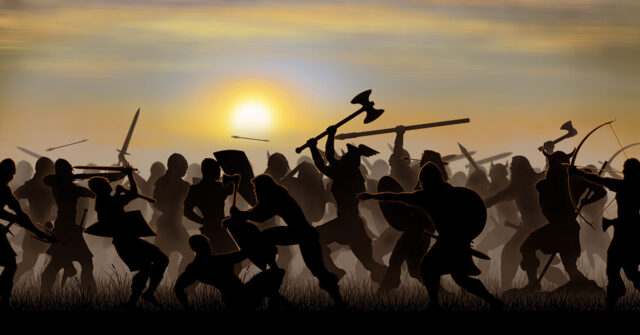

The Enduring Legacy of Viking Sagas
The enduring legacy of Viking sagas lies in their ability to captivate and inspire across generations.
Their rich narratives, complex characters, and profound themes ensure that they remain a cornerstone of literary history.
As we delve into these ancient tales, we not only preserve a vital part of our cultural heritage but also find timeless truths that continue to resonate in the modern world.
Encouragement to Explore Viking Literature
Whether you are a history enthusiast, a literature lover, or simply curious about the Viking Age, the sagas offer a treasure trove of stories waiting to be discovered.
Dive into the world of Viking sagas and embark on a journey through the epic tales of courage, adventure, and enduring human spirit.

